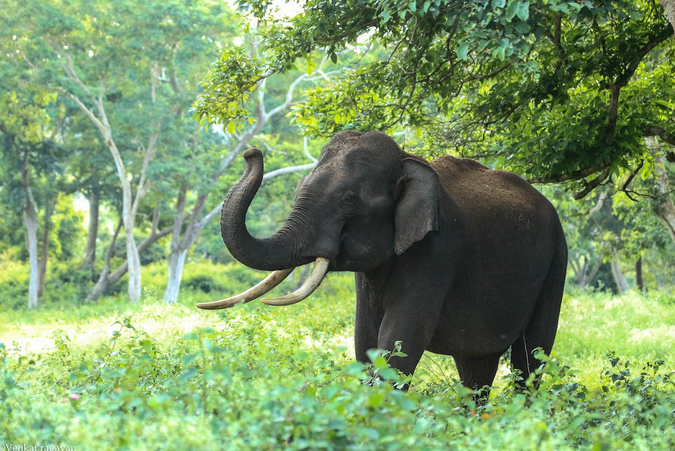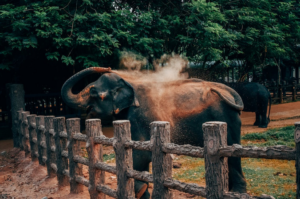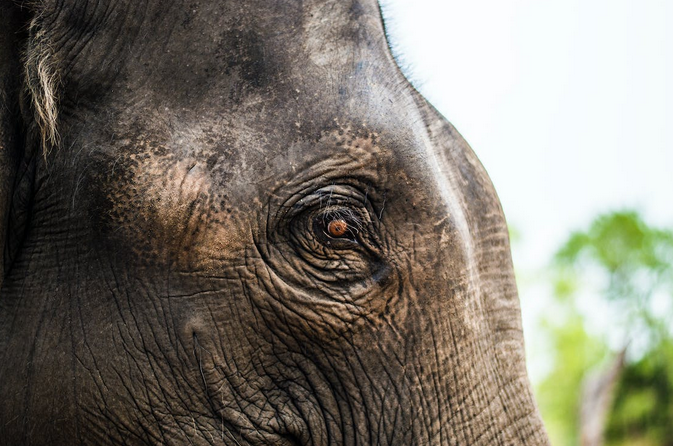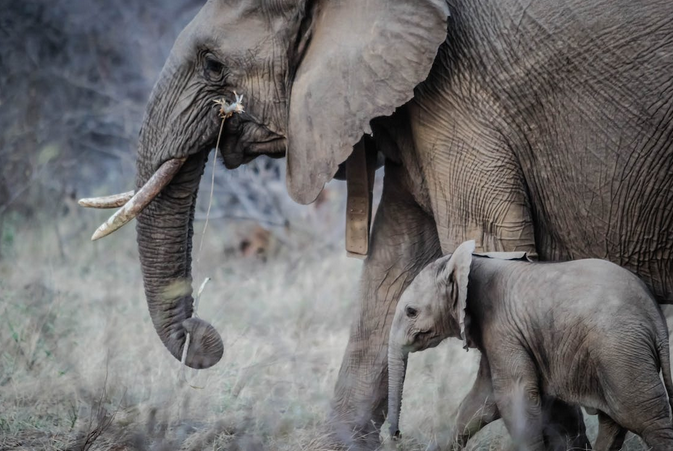With their majestic size and gentle demeanor, elephants have long captivated our hearts and imagination. But sadly, these magnificent creatures are facing an increasing threat – potential conflicts with humans. According to Pet Press, as human populations grow and encroach upon elephant habitats, the delicate balance between man and beast is being disrupted. But what really causes all of these conflicts around the world? Here is the answer.
Habitat Loss and Fragmentation

As human populations expand, forested areas are being cleared for agriculture, infrastructure development, and urbanization. This encroachment on elephant habitats disrupts their natural movement patterns and restricts their access to food and water sources. Fragmentation exacerbates the issue further by dividing once continuous habitats into isolated patches. These fragmented landscapes not only limit elephants’ ability to find sufficient resources but also increase their vulnerability to poaching and other threats. Disoriented by these fragmented spaces, elephants may wander into agricultural fields in search of sustenance, often causing extensive damage to crops.
Moreover, as corridors between different forest fragments disappear or become narrower due to human activities, elephants face challenges in navigating through these altered landscapes. Their traditional migratory routes are disrupted, which can lead them into close proximity to human settlements – a recipe for potential conflict.
Conflict With Captive Elephant
 Captive elephants, despite being majestic creatures revered by many cultures, often face a multitude of challenges that can lead to conflicts. One factor contributing to these conflicts is the conditions in which they are kept. Elephants are highly intelligent and social animals, requiring vast spaces for roaming and interacting with their own kind.
Captive elephants, despite being majestic creatures revered by many cultures, often face a multitude of challenges that can lead to conflicts. One factor contributing to these conflicts is the conditions in which they are kept. Elephants are highly intelligent and social animals, requiring vast spaces for roaming and interacting with their own kind.
Unfortunately, captivity often means limited space and isolation from other elephants. This confinement can lead to frustration, boredom, and even aggression in these gentle giants. The lack of stimulation and freedom causes stress levels to rise, increasing the likelihood of conflict with humans who interact with them.
Poaching for Ivory
The illegal trade of ivory has been a major cause of concern when it comes to human-elephant conflicts. Elephants are targeted for their tusks, which are made up of ivory, a highly valuable and sought-after material in many parts of the world. Driven by the high demand for ivory products, poachers often go to extreme lengths to kill elephants and extract their tusks. These ruthless acts not only endanger the lives of elephants but also disrupts their social structure and natural behavior patterns.
Their Remarkable Memory and Emotional Intelligence

These intelligent creatures have been observed to remember individual humans, even after many years have passed. They can recognize familiar faces and voices, which allows them to form strong bonds with their caretakers or researchers. Elephants also display a range of complex emotions. They show joy when playing with each other or during social interactions within their herds.
On the other hand, they can experience grief and sadness when a member of their herd passes away. This heightened level of emotional awareness plays a significant role in potential conflicts between humans and elephants. When these gentle giants feel threatened or provoked, they may react defensively to protect themselves or their herd members.
As we can see, multiple factors contribute to potential human-elephant conflicts around the world. To address these challenges and reduce human-elephant conflicts, proactive measures must be taken. This includes implementing effective conservation strategies that prioritize habitat preservation and restoration efforts. Additionally, stricter laws against poaching need to be enforced globally to discourage the illegal ivory trade.

